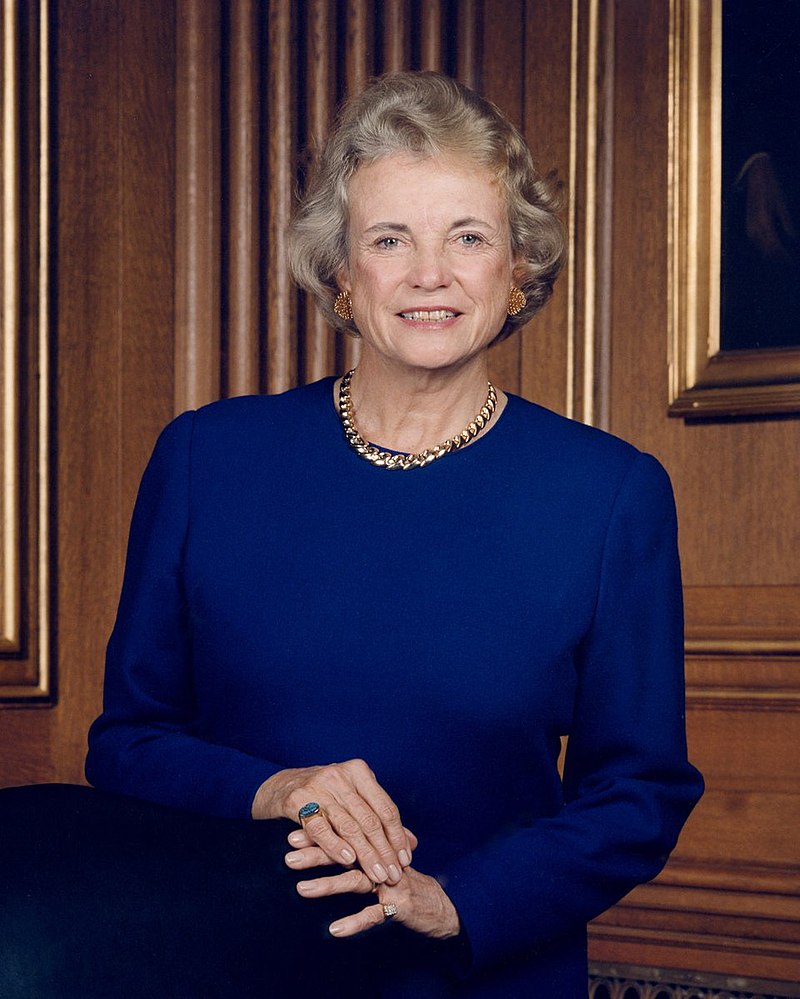April 3, 1995, marked a historic day for the U.S. Supreme Court. While she had already broken barriers as the first female Supreme Court Justice, April 3rd marked the day Justice Sandra Day O’Connor officially became the first woman to preside over the U.S. Supreme Court, reinforcing her legacy as a trailblazer in American judicial history.
She was born in 1930 in El Paso, Texas. O’Connor grew up on a remote cattle ranch before attending Stanford University, where she earned a law degree. Despite graduating near the top of her class, she faced significant gender discrimination, with many law firms refusing to hire her. However, her determination and resilience led her to work up through public service, becoming a state senator, judge, and eventually a justice on the Arizona Court of Appeals.
In 1981, President Ronald Reagan made a historic nomination to the U.S. Supreme Court, fulfilling a campaign promise to appoint the first female justice. The Senate also unanimously confirmed her, marking a landmark shift in the nation’s highest court.
While Chief Justice William Rehnquist was temporarily absent on April 3, 1995, O’Connor stepped in as the acting Chief Justice—the first woman ever to do so.
During her tenure (1981–2006), O’Connor was well known for her approach and often served as the swing vote in closely contested cases. Some of her most significant and well-known rulings included the following:
- Planned Parenthood v. Casey (1992)
- Bush v. Gore (2000)
- Grutter v. Bollinger (2003)
After retiring in 2006, O’Connor remained active in judicial reform and civic education. She founded iCivics, an online platform that provides free educational materials and games to teach students about civics and inspire them to be active citizens. In 2009, she received the Presidential Medal of Freedom, the highest civilian honor in the U.S. Her impact on gender equality, legal precedent, and American democracy continues to be felt today.

